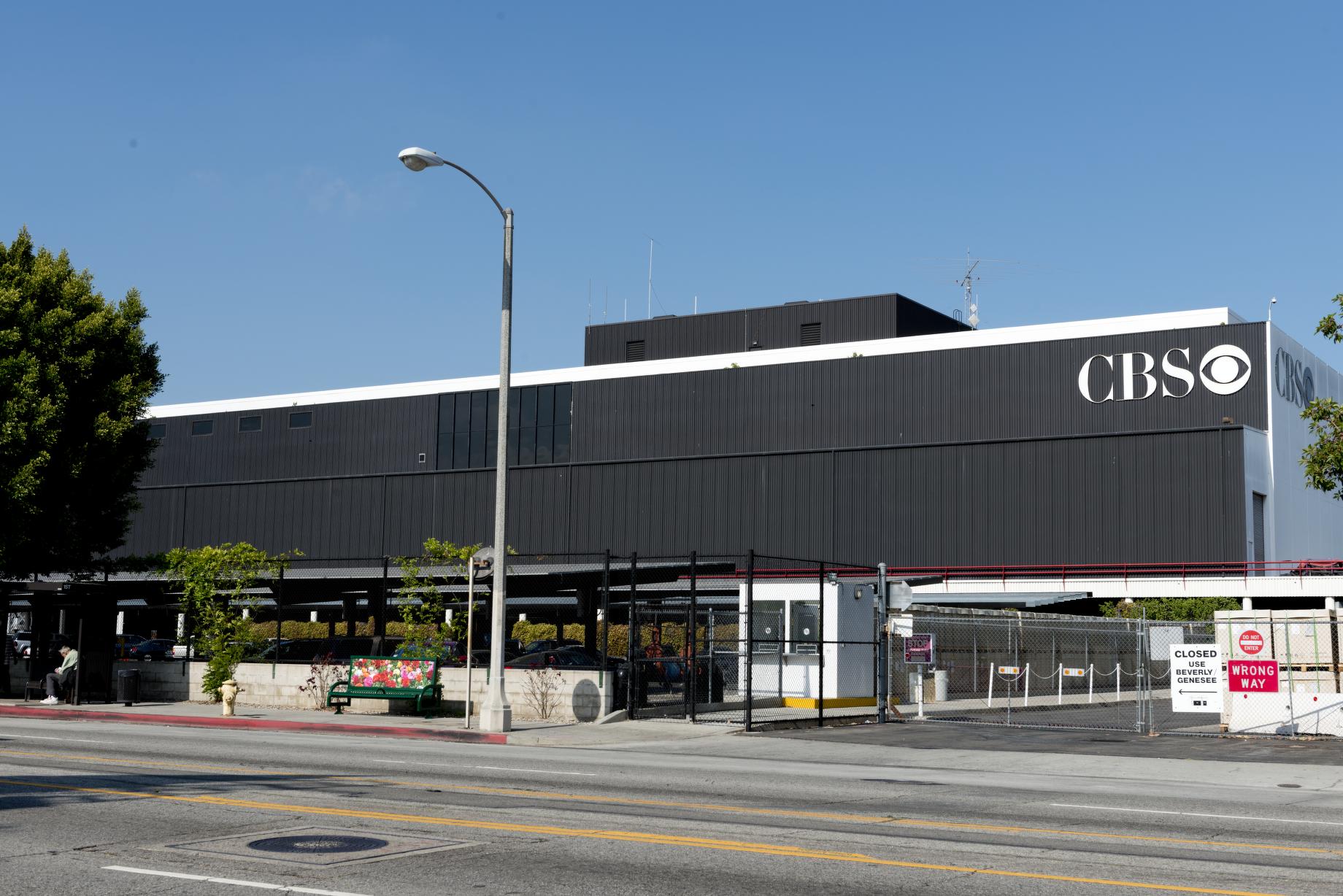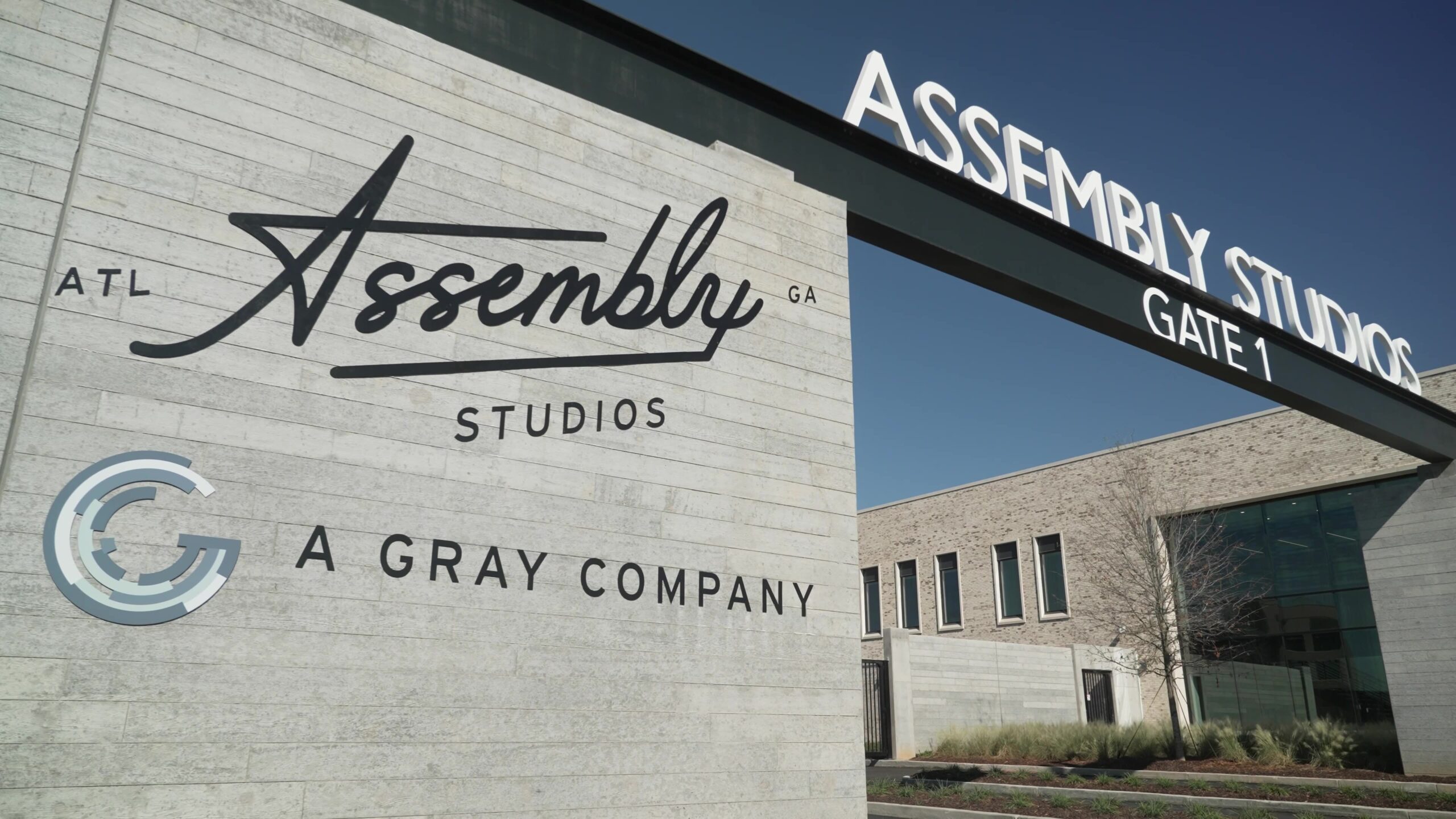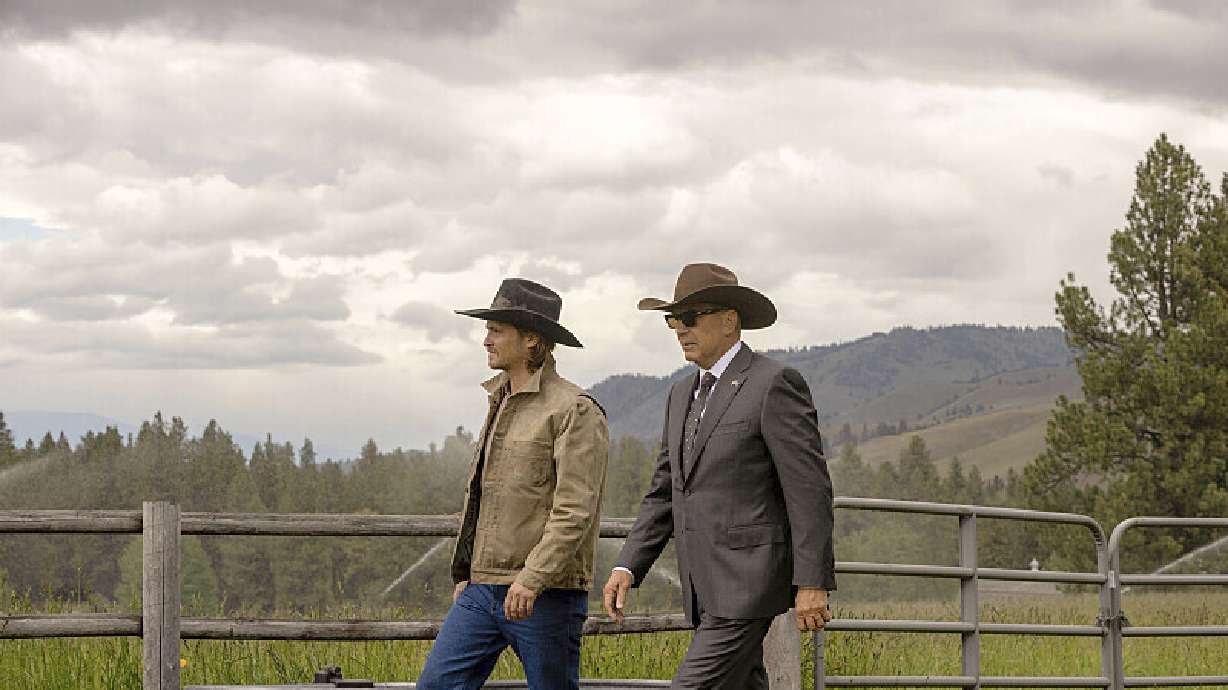As lawmakers weigh a $750 million expansion to California’s tax credit program, insiders argue the clock is running out on the state’s production future.
On June 11, a cross-section of Hollywood creatives and below-the-line workers descended on Sacramento not for a red carpet, but for a high-stakes lobbying effort aimed at preserving California’s role as a global production capital. Their mission: convince legislators to fast-track a proposed expansion of the state’s film and television tax credit—from $330 million to $750 million annually—amid a deepening budget crisis and a worsening production slowdown.
The trip, led by producer and activist Scott Budnick, included directors Patty Jenkins (Wonder Woman), Jonathan Nolan (Fallout), Damon Lindelof (Watchmen), and Oscar-winner Cord Jefferson (American Fiction), alongside unionized tradespeople trained by nonprofit Hollywood CPR. The diverse coalition brought a unified message: the state’s production infrastructure is in crisis, and without swift intervention, the damage could become permanent.
One data point loomed large throughout the day: soundstage occupancy in Los Angeles County has plunged to 63% in 2024, down from 95% in 2018 and 94% in 2020, according to FilmLA. That number, perhaps more than any other, crystallized the urgency of the moment.
“It’s not a theoretical problem anymore,” Nolan said. “We’re watching our capacity hollow out in real time.”
Indeed, with Lucasfilm relocating Ahsoka and other Star Wars titles out of Manhattan Beach Studios to the U.K., the message was clear: even marquee franchises are no longer anchored to Southern California. And while some shows may return if incentives rebound, the current outlook is bleak. In 2023, occupancy dropped to 69%, followed by a further decline this year—a signal that the strikes were not the sole cause.
“It’s not just about stars or studios,” Budnick emphasized. “It’s about the 200-plus jobs on a set—painters, grips, electricians—many of whom haven’t worked consistently since the dual strikes ended.”
Inside Sacramento’s 1021 O Street swing space, lawmakers were sympathetic but realistic. “You’re under a lot of pressures; we’re under a lot of pressures,” State Sen. Ben Allen told the group, referencing the state’s $12 billion budget gap and competing demands on healthcare, education, and housing.
Still, legislators are exploring a “trailer bill” to fast-track the incentive expansion as part of the broader budget package, potentially implementing it as early as July. Advocates argue that injecting funds now could prevent further erosion of the state’s production ecosystem.
“This door is closing,” Jenkins told colleagues between meetings. “We have to pry it open now, not six months from now.”
The stakes are personal for Jenkins, who’s lived in California for decades but has rarely filmed here. “In 30 years, I’ve shot only three weeks in L.A.,” she said. “And every time, I’ve had to choose between taking my son out of state or leaving him behind.”
The state’s current program, while robust compared to most, is falling behind regions like Georgia, the U.K., and Canada—where incentives are not just higher, but more predictable. Jenkins noted her next tentpole is almost certain to shoot out of state. “There’s no way I can close the gap. The delta is just too big.”
Budnick, for his part, is clear-eyed about the road ahead. Even if the expansion passes, it won’t reverse the downturn overnight. But it could stem the outflow—and give California a fighting chance.
“This isn’t about a golden age coming back,” he said. “It’s about whether we’ll have an industry left to build on.”
The message resonated with Assemblymember Rick Chavez Zbur, who authored the bill and represents a swath of Los Angeles that includes much of Hollywood’s traditional footprint. “We’re not going to win every project,” he told the group, “but this gives us a chance to compete again.”
And right now, that chance may be everything.

















